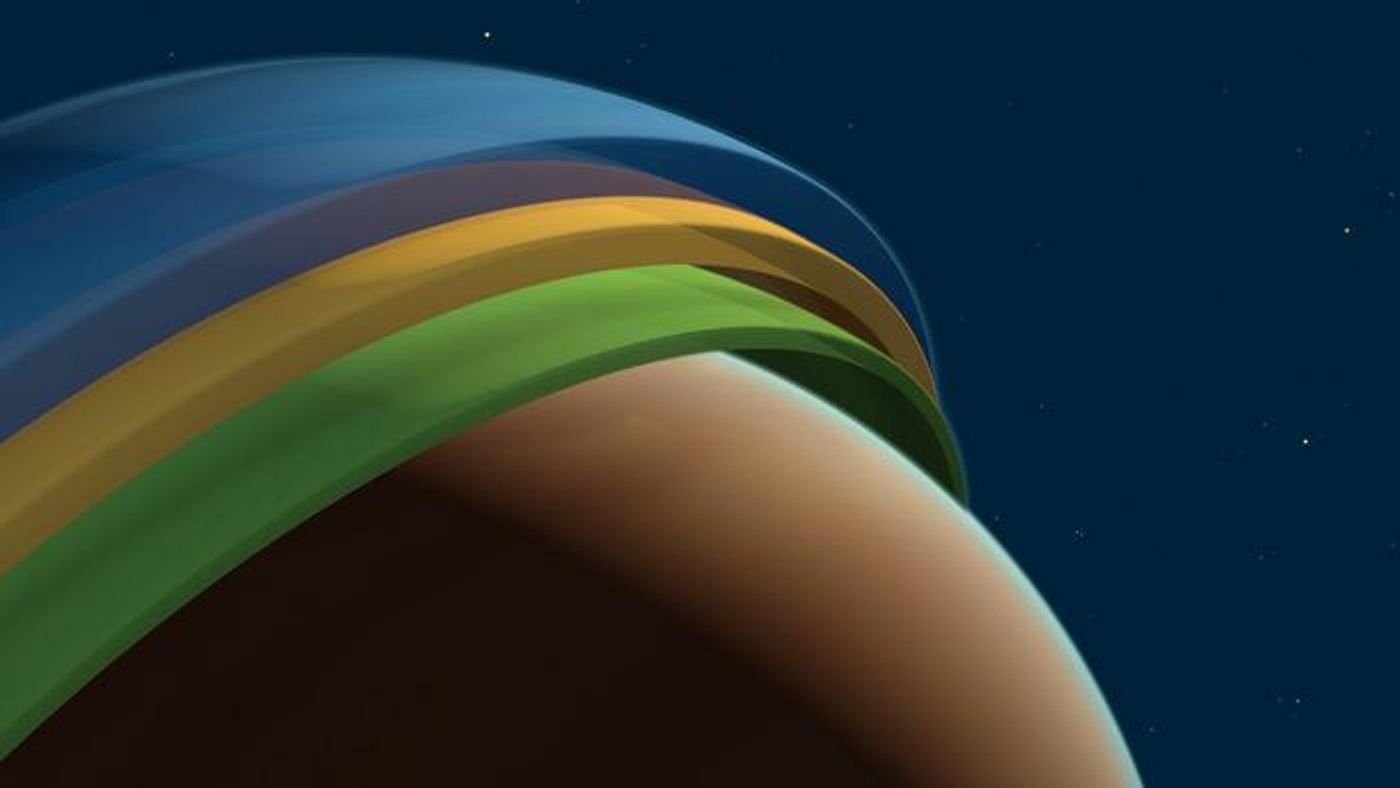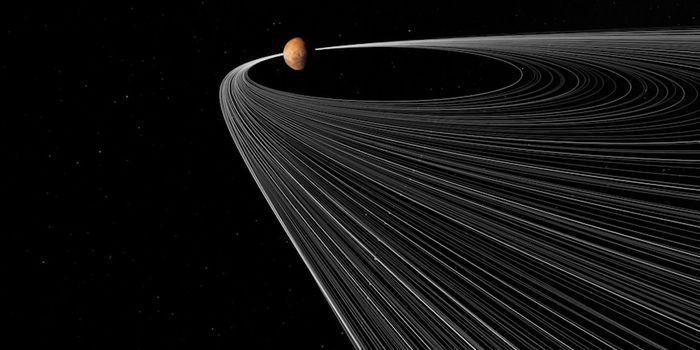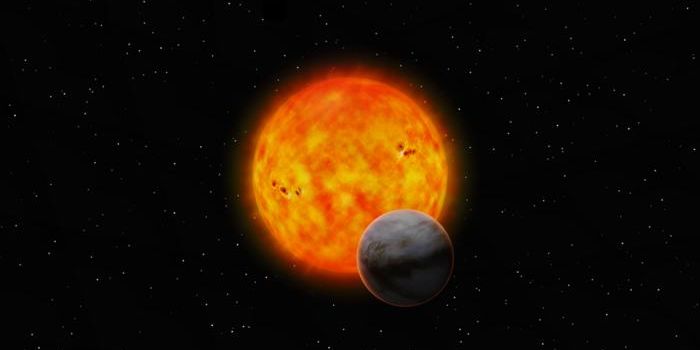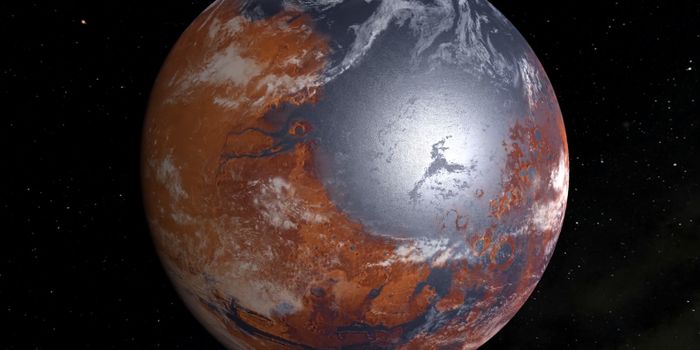Unraveling the Mysteries of WASP-121b: A 3D Map of Alien Weather
What can a 3D map of an exoplanet’s atmosphere teach scientists about its weather patterns? This is what a recent study published in Nature hopes to address as an international team of researchers successfully produced the first 3D map of an exoplanet’s atmosphere, which is a groundbreaking achievement and will help scientists gain new insights into the formation and evolution of exoplanet atmospheres throughout the cosmos.
For the study, the researchers used the European Southern Observatory’s Very Large Telescope (ESO’s VLT) to observe WASP-121b, nicknamed Tylos, which is designated as an ultra-hot Jupiter that orbits its parent star in only 1.3 days (30 hours) and is located approximately 880 light-years from Earth. Due to its extremely close orbit, Tylos is tidally locked to its parent star, meaning one side is always facing it, resulting in searing temperatures on the sunlit side and incredibly cold temperatures on the far side.
In the end, the researchers successfully produced a 3D map of Tylos’ atmosphere, revealing weather patterns that include high-velocity winds carrying titanium and iron around the exoplanet, which becomes even more turbulent as the winds cross from the far side to the day side of Tylos. Additionally, this also marks the first time astronomers have produced a 3D map of an exoplanet’s atmosphere.
Rendering of the 3D atmospheric map of WASP-121b, revealing iron (bottom), sodium (middle), and hydrogen (top). (Credit: ESO/M. Kornmesser)
“What we found was surprising: a jet stream rotates material around the planet’s equator, while a separate flow at lower levels of the atmosphere moves gas from the hot side to the cooler side. This kind of climate has never been seen before on any planet,” said Dr. Julia Victoria Seidel, who is a ESO researcher in Chile and lead author of the study. “Even the strongest hurricanes in the Solar System seem calm in comparison.”
Going forward, the team aspires to use ESO’s Extremely Large Telescope (ELT) once its construction is complete to observe smaller, Earth-like atmospheres with the goal of learning more about their atmospheres.
How will this new 3D mapping technique help scientists better understand exoplanet atmospheres in the coming years and decades? Only time will tell, and this is why we science!
As always, keep doing science & keep looking up!
Sources: Nature, EurekAlert!









